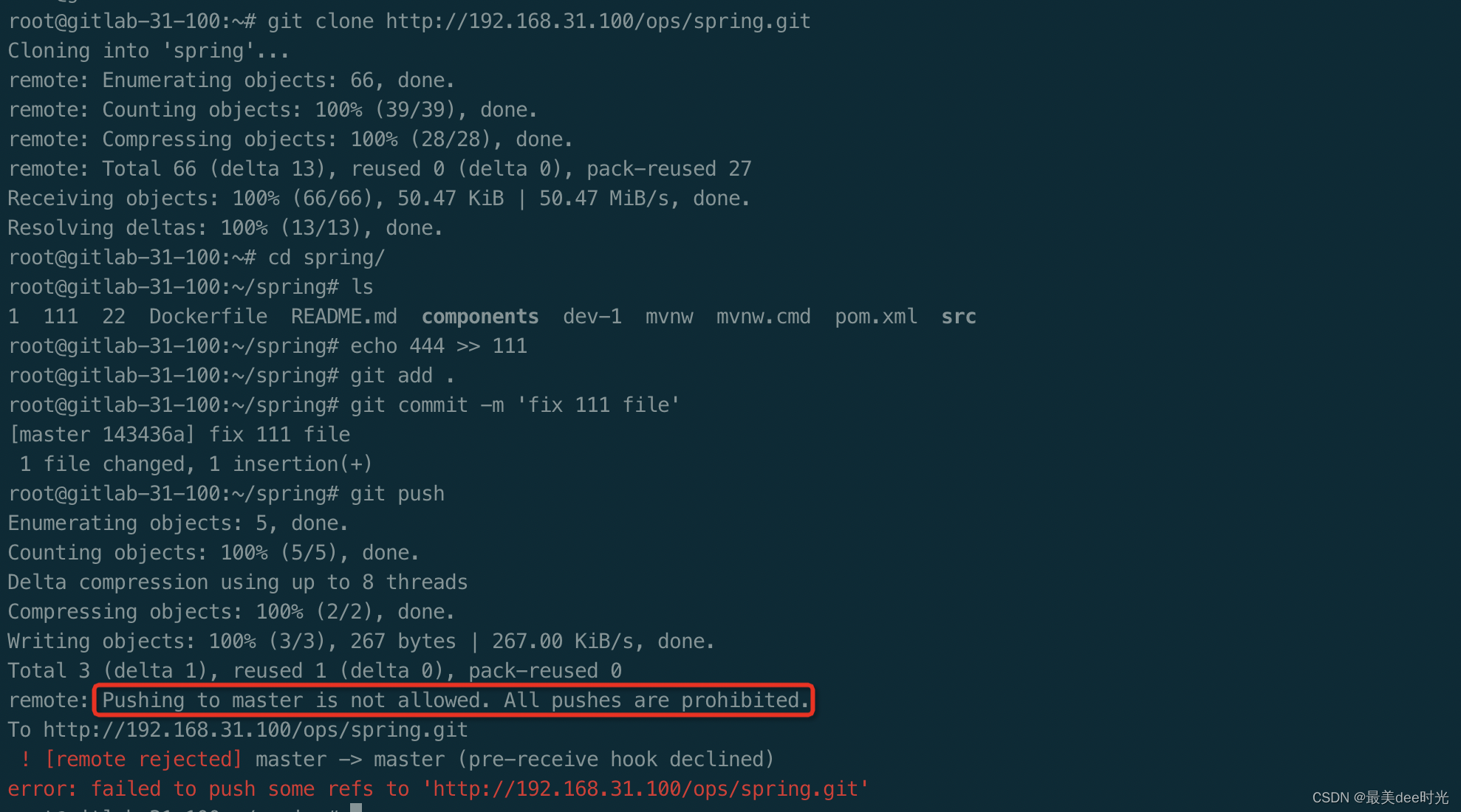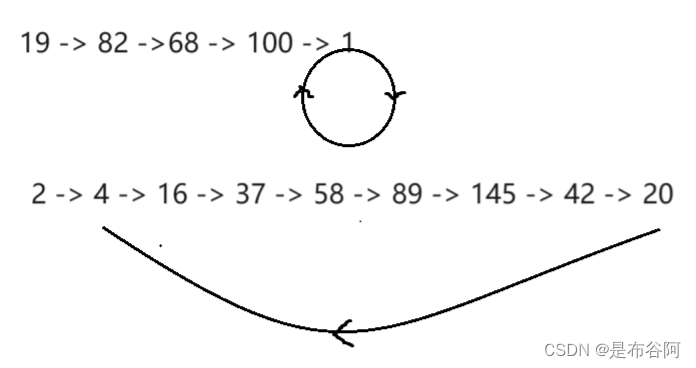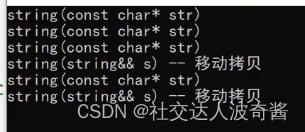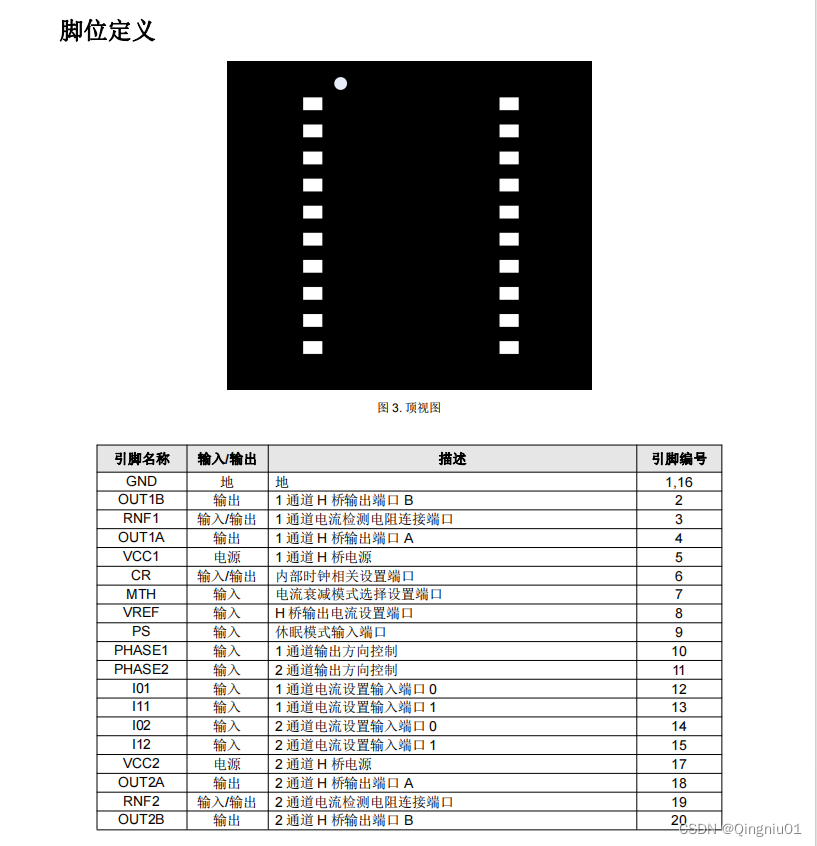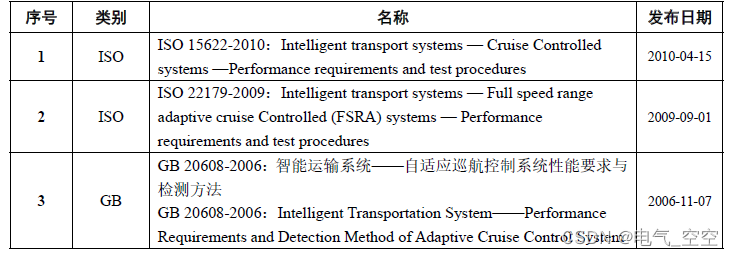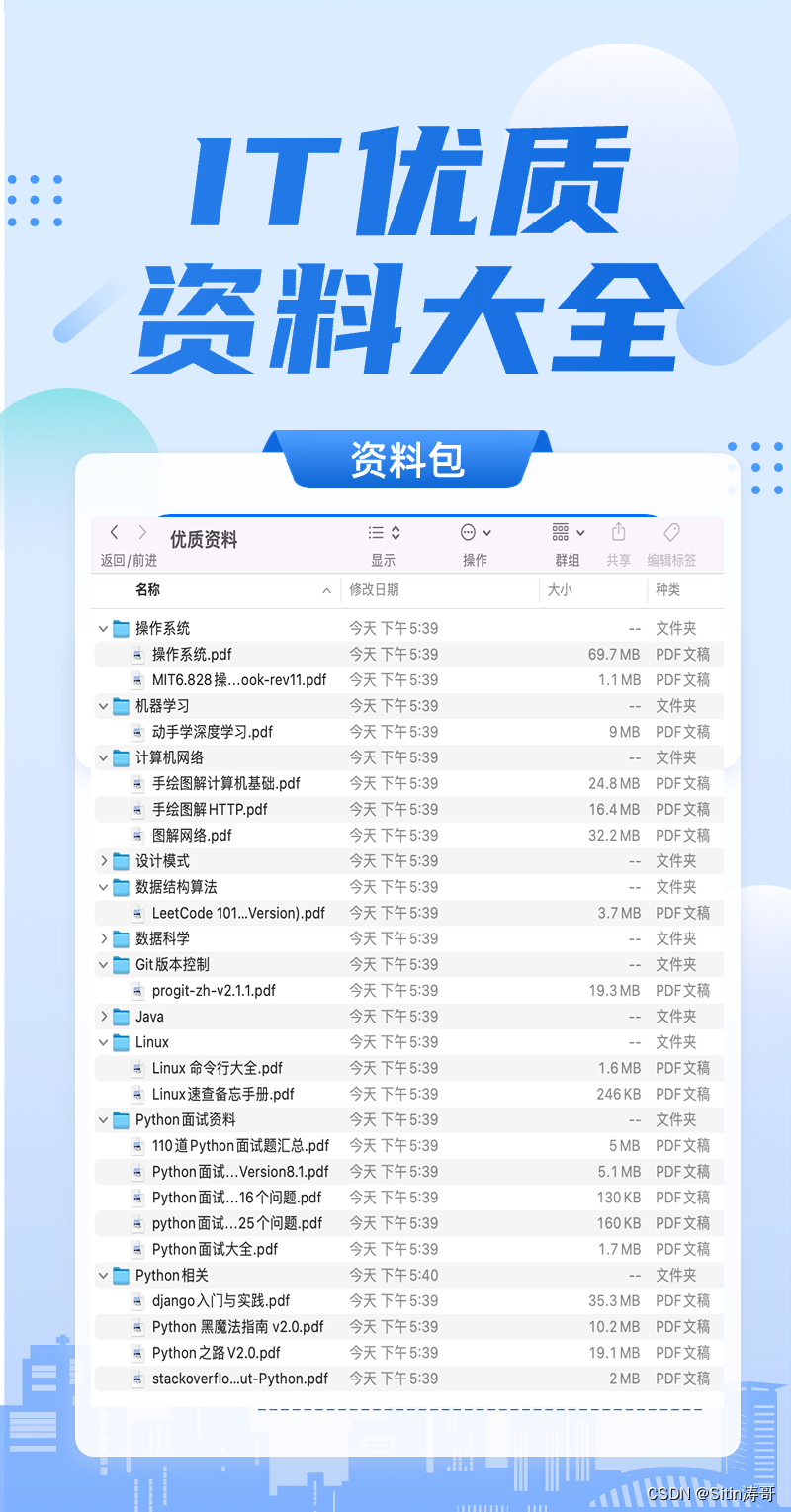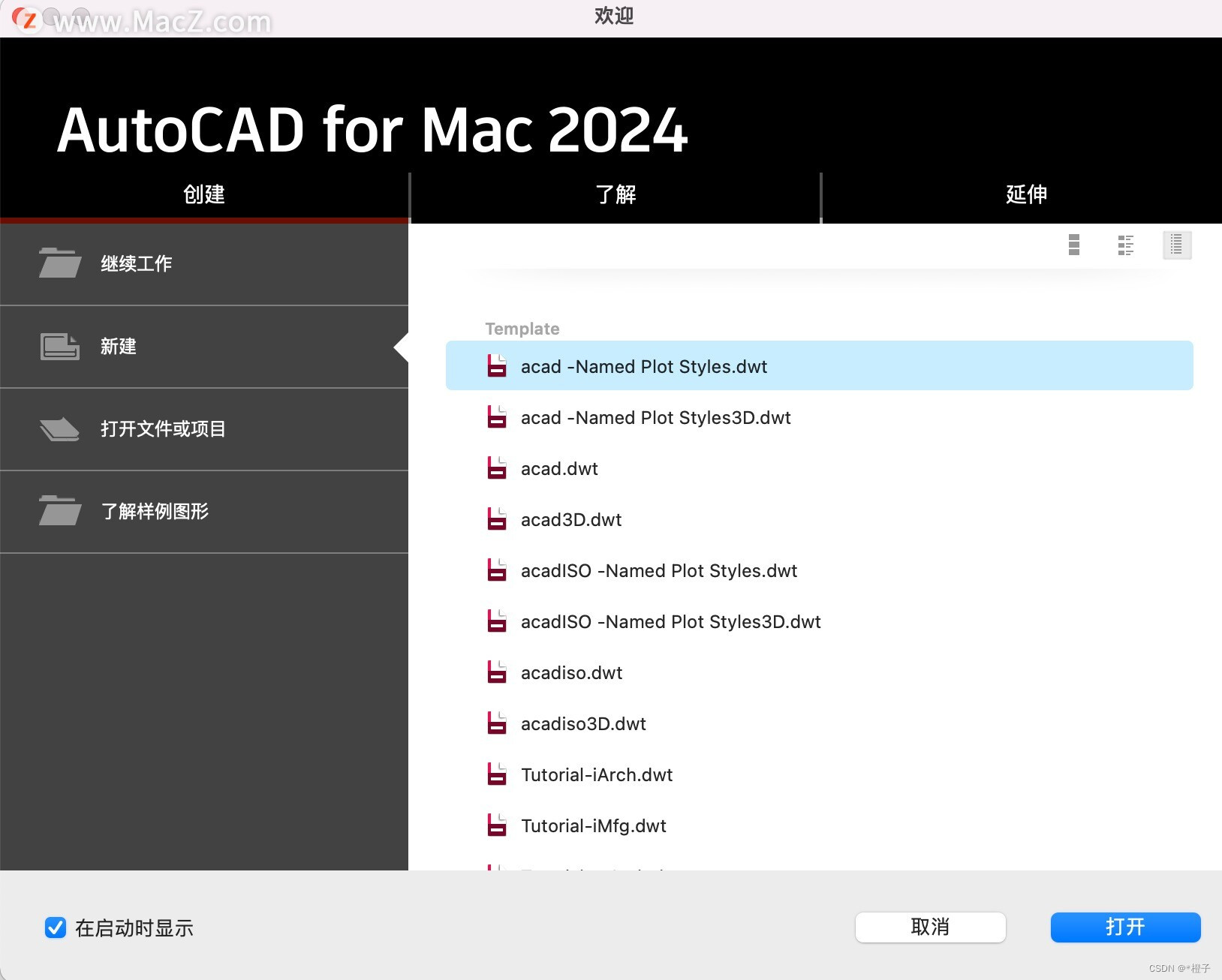文章目录
- 七、原型模式
- 八、建造者模式
七、原型模式
原型模式(Prototype Pattern)是用于创建重复的对象,同时又能保证性能。它提供了一种创建对象的最佳方式。
这种模式是实现了一个原型接口,该接口用于创建当前对象的克隆。当直接创建对象的代价比较大时,则采用这种模式。
例如,一个对象需要在一个高代价的数据库操作之后被创建。我们可以缓存该对象,在下一个请求时返回它的克隆,在需要的时候更新数据库,以此来减少数据库调用。
例如:
创建一个可复制的支付类:
public class WxPay implements Cloneable{
public WxPay(){
System.out.println("创建支付对象");
}
public WxPay clone() throws CloneNotSupportedException {
System.out.println("复制对象!");
return (WxPay) super.clone();
}
}
使用:
public class demo {
public static void main(String[] args) throws CloneNotSupportedException {
WxPay pay = new WxPay();
WxPay pay1 = pay.clone();
System.out.println(pay);
System.out.println(pay1);
}
}

可以看到,创建了两个不同的对象,只进行了一次构件函数的执行,当直接创建对象的代价比较大时,就可以采用这种模式。
另外,原型的拷贝又有浅拷贝和深拷贝两个层次,上面的方式就是浅拷贝,只把当前对象做了拷贝,如果对象中有其他对象的引用,就不会进行拷贝,修改任意一个对象中的引用,对其他都会有影响。
比如上面的WxPay类做如下修改:
- 先定义其他操作类
public class OtherOperation {
private String name;
public String getName() {
return name;
}
public void setName(String name) {
this.name = name;
}
}
- 再修改WxPay类
public class WxPay implements Cloneable {
private OtherOperation otherOperation = new OtherOperation();
public WxPay() {
System.out.println("创建支付对象");
}
public WxPay clone() throws CloneNotSupportedException {
System.out.println("复制对象!");
return (WxPay) super.clone();
}
public OtherOperation getOperation() {
return otherOperation;
}
public String getName() {
return otherOperation.getName();
}
}
- 演示
public class demo {
public static void main(String[] args) throws CloneNotSupportedException {
WxPay pay = new WxPay();
WxPay pay1 = pay.clone();
System.out.println(pay);
System.out.println(pay1);
System.out.println(pay.getOperation());
System.out.println(pay1.getOperation());
pay.getOperation().setName("abc");
System.out.println(pay1.getOperation().getName());
}
}

上面可以看出,WxPay确实是复制出了一个实例,但是WxPay里面的OtherOperation实例没有复制,还只向同一个地址,导致只要修改任意一个对象中的OtherOperation对其他实例都会有影响。
上面已经看出默认是浅拷贝,但有的时候,我们又需要其中引用的对象也要为新实例,那怎么做呢,下面就来看下深拷贝的实现方式:
深拷贝实现方式 1:重写 clone 方法来实现深拷贝
深拷贝实现方式 2:通过对象序列化实现深拷贝(推荐)
实现方式 1,重写 clone 方法来实现深拷贝
- 修改 OtherOperation类
public class OtherOperation implements Cloneable{
private String name;
public OtherOperation clone() throws CloneNotSupportedException {
System.out.println("复制OtherOperation对象!");
return (OtherOperation) super.clone();
}
public String getName() {
return name;
}
public void setName(String name) {
this.name = name;
}
}
- 修改WxPay,在clone中再复制OtherOperation ,以达到深拷贝的效果
public class WxPay implements Cloneable {
private OtherOperation otherOperation = new OtherOperation();
public WxPay() {
System.out.println("创建支付对象");
}
public WxPay clone() throws CloneNotSupportedException {
System.out.println("复制对象!");
WxPay wxPay = (WxPay) super.clone();
wxPay.otherOperation = otherOperation.clone();
return wxPay;
}
public OtherOperation getOperation() {
return otherOperation;
}
public String getName() {
return otherOperation.getName();
}
}
- 演示
public class demo {
public static void main(String[] args) throws CloneNotSupportedException {
WxPay pay = new WxPay();
WxPay pay1 = pay.clone();
System.out.println(pay);
System.out.println(pay1);
System.out.println(pay.getOperation());
System.out.println(pay1.getOperation());
pay.getOperation().setName("abc");
System.out.println(pay1.getOperation().getName());
}
}

可以看到,WxPay 和 OtherOperation 都是新实例。
深拷贝实现方式 2:通过对象序列化实现深拷贝
- OtherOperation 实现 Serializable
public class OtherOperation implements Serializable {
private String name;
public String getName() {
return name;
}
public void setName(String name) {
this.name = name;
}
}
- WxPay 实现Serializable,并提供方法对当前对象进行序列化操作
public class WxPay implements Serializable {
private OtherOperation otherOperation = new OtherOperation();
public WxPay() {
System.out.println("创建支付对象");
}
public OtherOperation getOperation() {
return otherOperation;
}
public String getName() {
return otherOperation.getName();
}
public WxPay deepClone() {
//创建流对象
ByteArrayOutputStream bos = null;
ObjectOutputStream oos = null;
ByteArrayInputStream bis = null;
ObjectInputStream ois = null;
try {
//序列化
bos = new ByteArrayOutputStream();
oos = new ObjectOutputStream(bos);
oos.writeObject(this); //当前这个对象以对象流的方式输出
//反序列化
bis = new ByteArrayInputStream(bos.toByteArray());
ois = new ObjectInputStream(bis);
return (WxPay) ois.readObject();
}
catch (Exception e) {
return null;
}
finally {
//关闭流
try {
bos.close();
oos.close();
bis.close();
ois.close();
}
catch (Exception e2) {
System.out.println(e2.getMessage());
}
}
}
}
- 效果
public class demo {
public static void main(String[] args) throws CloneNotSupportedException {
WxPay pay = new WxPay();
WxPay pay1 = pay.deepClone();
System.out.println(pay);
System.out.println(pay1);
System.out.println(pay.getOperation());
System.out.println(pay1.getOperation());
pay.getOperation().setName("abc");
System.out.println(pay1.getOperation().getName());
}
}

和上面我们手动的方式是一样的效果。
八、建造者模式
建造者模式(Builder Pattern)使用多个简单的对象一步一步构建成一个复杂的对象。将一个复杂的构建与其表示相分离,使得同样的构建过程可以创建不同的表示。主要解决在软件系统中,有时候面临着"一个复杂对象"的创建工作,其通常由各个部分的子对象用一定的算法构成;由于需求的变化,这个复杂对象的各个部分经常面临着剧烈的变化,但是将它们组合在一起的算法却相对稳定。
例如,在游戏场景中,需要构建人物模型,可能要先构建头部、再构建身体、然后四肢部分,最后才是一个完整的人物,如果都写在一起,肯定会导致代码复杂不易其他开发人员理解,对后期维护扩展难度都大,如果使用构建者模式,便可以将头部、身体、四肢,写在不同的人物实现里面,最后由一个构建类去按照一定的顺序加载它们,然后组成了一个更大的复杂的对象,这样便有利于维护扩展。
下面我们借助上面的例子简单用构建者模式实现下
- 定义人物对象,这里直接将头、身体、四肢简化为属性的形式表达。
@Data
public class Person {
private String head;
private String body;
private String foot;
}
- 定义人物构建接口,并定义具体的抽象方法。
public interface PersonBuilder {
//构建入口
Person Builder();
//构建头部
void builderHead();
//构建身体
void builderBody();
//构建四肢
void builderFoot();
}
- 定义一个男孩人物的具体构建实现
public class BoyBuilder implements PersonBuilder {
private Person person;
public BoyBuilder() {
person = new Person();
}
@Override
public Person Builder() {
builderHead();
builderBody();
builderFoot();
System.out.println("构建完成!");
return person;
}
@Override
public void builderHead() {
System.out.println("开始构建男孩头部...");
person.setHead("男孩头部信息");
}
@Override
public void builderBody() {
System.out.println("开始构建男孩身体...");
person.setBody("男孩身体信息");
}
@Override
public void builderFoot() {
System.out.println("开始构建男孩四肢...");
person.setFoot("男孩四肢部分信息");
}
}
- 演示
public class demo {
public static void main(String[] args) {
PersonBuilder personBuilder = new BoyBuilder();
Person person = personBuilder.Builder();
System.out.println(StringFormatter.concat("构建对象:", person.toString()).getValue());
}
}

上面就是将一个人物的不同部分分别构建(实际中每个小的构建都应该在具体的实现中去表达,这里简化为了一个属性),一个复杂的对象的构建与它的表示分离,使得同样的构建过程可以创建不同的表示。


